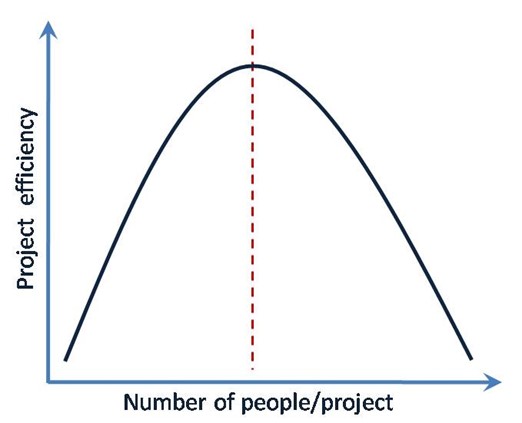In 2013, we were chatting about how the technological movement known as “big data” was at its tipping point and it seemed that nothing was going to stop it.
And… that was right. Nothing has stopped it.
Since then, even large companies like ® are finding ways of using their big data sets for good.1 They used targeted analysis of their big data to create “data philanthropy” for social impact projects. Other recent big data-related improvements can be seen in healthcare and national security.

But I have noticed something. Big data leads to complexity. Expensive complexity. And it’s not just the technological infrastructure that’s pricey. Most organizations budget for that. No, it’s the number of data analysts that is necessary to adequately leverage the benefits of the technology. Big data collection and storage is not enough; your organization must be able to interpret and utilize it to be successful.
Too often, state-of-the-art data technology is woefully underutilized because the organization can’t find or afford to adequately staff up (unlike Mastercard).
Earlier in my career, I developed a response model that regularly lifted net results by 15%. It wasn’t a particularly complex model – in my mind anyway. But the model struggled in execution because the clients didn’t have the staff or tools to score the model. The process of applying the model simply proved to be too complex. Invariably, when the next donor request mailing dates were in jeopardy, the decision was made to “pull the data using the old RFM way.” (RFM is a segmentation method that uses recency, frequency and monetary value within the data.)
The lesson I learned is that sometimes simple is better if the manpower and resources aren’t available in your organization, even though it may not yield the “best returns.” Budgeting for an annual analysis of your donor file with Analytical Ones – instead of keeping a full-time analyst on staff – may be the better use of your time, budget and energy!
Stay simple my friends.
1 Anzilotti, Eillie (Aug. 28, 2017). How Mastercard’s “Data Philanthropy” Program is Tackling The Global Financial Information Gap. https://www.fastcompany.com/40457902/how-mastercards-data-philanthropy-program-is-tackling-the-global-financial-information-gap Retrieved 9/10/2021.

